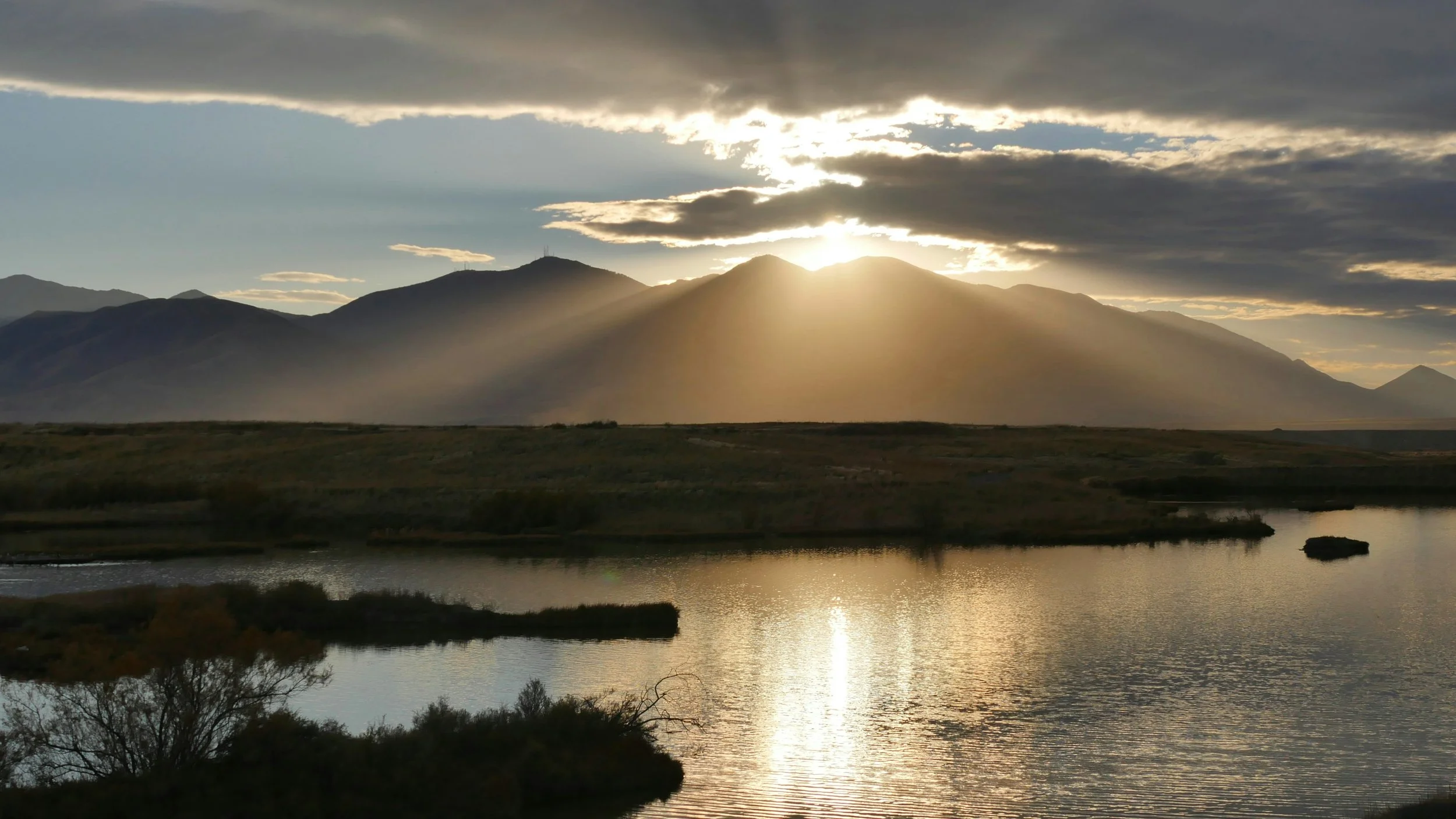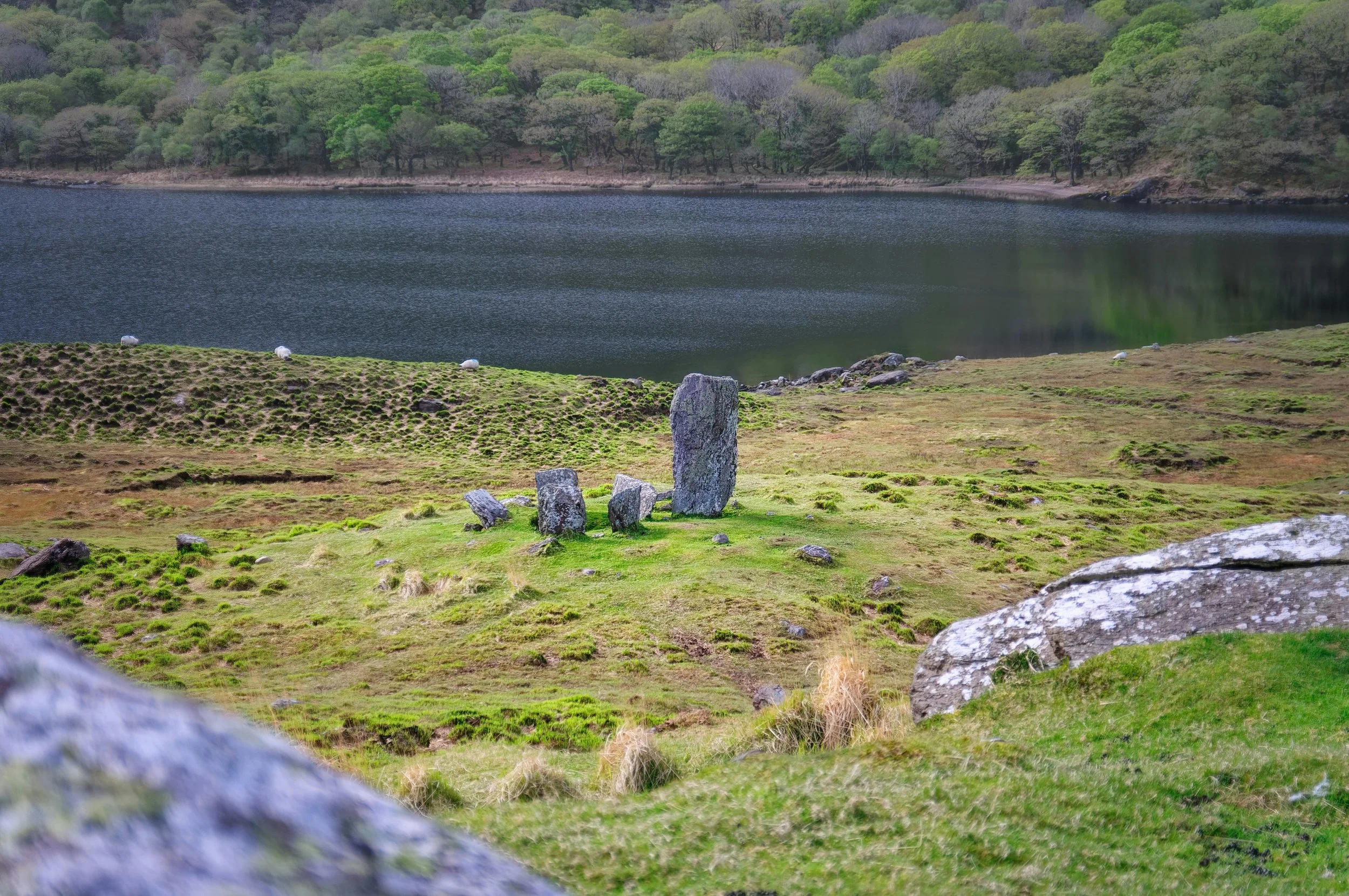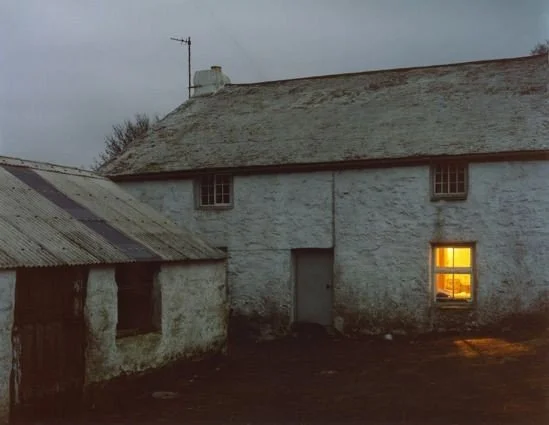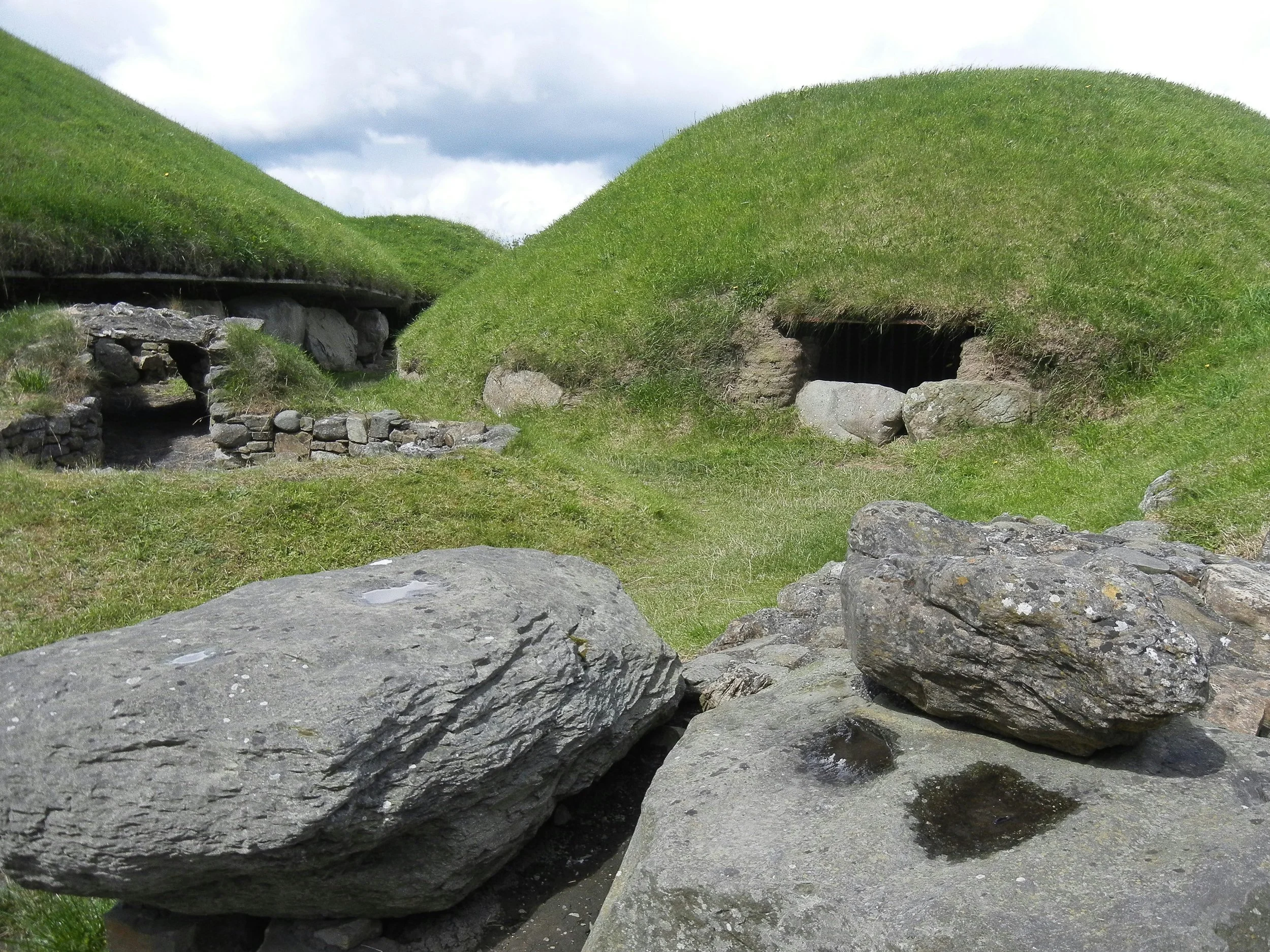What is the Gaelic Otherworld?
The Gaelic Otherworld in Irish Folklore
Many of our Irish ancestors had a deep belief in the Otherworld. The Otherworld was considered to be very much a living worldly place that existed parallel to this one and was ‘sensuously colourful, musical and carefree’ (1). It is thought to have two main locations or entrance places—beneath sources of water, such as springs, lakes, the sea and certain islands, and underneath the ground, such as in mounds and hillsides, also known as ‘fairy mounds’ or Síd.
Ancient Ireland & The Seasons
In ancient Ireland, the seasons were closely linked with the agricultural year, and the cycle of agricultural activities was based on the movement of livestock.
Certain key festivals marked the changing seasons, which were celebrated with rituals protecting both humans and animals from any harm from the Otherworld as they went out to pasture or returned for winter. Those key festivals were Samhain (Halloween), Imbolc (springtime), Bealtaine (Summer) and Lugnasad (August, the month for harvesting). Between those key times, the solstices and equinoxes were celebrated, and those times in the calendar year were also considered liminal times; limen is the Latin word for ‘threshold’.
So, we understand, from the surviving mythical tales and folklore, that these liminal times in the calendar year were often charged with supernatural activity, where those that dwell in the Otherworld, the spirits or fairies, were more active and their presence more acutely felt in this world, alongside us. This was especially so at Samhain, the festival in the depths of the wintering darkness. A darker time of year, where perhaps the unknown and sense of mystery loomed larger and more ominous and thereby more charged than at other times of the year.
Time operates differently in the Otherworld. There are many tales of people visiting the Otherworld and spending some time there. We learn in the tales that when they returned, no time had passed at all in this world. In early Irish literature, the Otherworld is called many different names: Tír na nÓg (Land of Youth), Tir tairngire (Land of Promise), Mag Mell (the Plain of Honey), and Tír na mban (the Land of Women).
In Irish folklore, the word ‘gentle’ is sometimes used to depict the Otherworld region. “A very gentle place” was said to mean “a very fairy place.” The Otherworld is occupied by a supernatural race known as the Aos Sí, or Sí, or most popularly known as the fairies. This supernatural, mythical race lived alongside humans and shared the landscape.
The Aos Sí or The Fairies in Irish Folklore
There is a vast body of Irish fairy legend in both the English and Irish language that depict tales of encounters with the world of the fairies. The term fairies, whilst it is often used by scholars in their accounts of fairy lore, is a problematic one, because it conjures images associated with the Victorian English depiction of fairies. Tiny winged figures that one might typically see in children’s fairy tales or on the Disney Channel.
The fairies of Irish lore, the Sí, are quite different. The Sí are normally invisible, but they are there, alongside this human world, and are considered to be similar to humans and occupy their time very much as humans do. In fairy lore, we learn that “they keep cows and milk them, ride horses, eat, drink, fall in love, play music, dance, wear shoes and clothing, play ball and card games, steal and hold funerals for their dead.” (2)
There are many legends concerning the gift of music that comes from the world of the Sí. A mortal musician who plays exceptionally well was considered to be gifted this music from the fairies, a gift from the Otherworld. We understand in fairy lore that if the fairies are treated with neighbourly consideration, they mind their own business and even reward favours. It was also considered wise to be wary of the fairies and to treat them and their abodes with a healthy respect. Places such as lone bushes, for example, that were isolated in the countryside and not part of a hedgerow were considered to be fairy abodes and were thought to have been planted there by the fairies. These lone bushes were often Whitethorn, Rowan, or Elderberry bushes native to Ireland.
The Sí are said to also live in ‘líosanna’ or stone cairns, which are common features in the Irish landscape. These are man-made features and were burial places associated with a more ancient pre-Christian world. When we think about the span of time, we are speaking to a time before St Patrick, who first arrived in Ireland, around 432 AD, some 1523 years ago. Pre-Christian Ireland speaks to the story of human settlement in Ireland, which, from the beginning, is 10.000 years ago. These locations were treated with caution and respect for fear of angering and upsetting the fairies and inviting their wrath.
Connection to Depth Psychology and The Mythopoetic Approach to Trauma Healing
In my Deepening the Senses courses and programs, I explore how Irish Mythology and Folklore can help us learn more about our inner world and soul selves. Together, we explore themes of Psychological growth, trauma and personal development, through the symbolic lens, drawing on these ancient Irish tales and stories. This weaving is considered the Mythopoetic Approach, where I use myth, story, symbol, metaphor, and archetype as a lens to help you understand and integrate difficult and traumatic experiences, to support your own personal development.
Our unconscious communicates with us in the language of symbol and metaphor.
In Deepening the Senses, rather than seeing trauma only as a psychological wound, we also see trauma as a rupture to connection, to a sense of meaning and wholeness, a rupture to a felt sense of belonging. In this way, Trauma is seen as a catalyst, the initiation (or, in mythical language, the descent into the unconscious), where that journey of descent brings an encounter with something larger than ourselves. Another aspect of our personality that was shut away before is finally revealed.
Meeting our wounds is not about fixing but about deepening into and becoming more authentic, whole, and fully who we are— the journey Jung called “Individuation.”
When we listen to myths and folktales, we step into a timeless world, out of the rational concrete into the symbolic life. This is the world of metaphor and imagination, the language of the unconscious. It allows us to soften and become more receptive to our inner environment, the energies of life, and the archetypal patterns living through us.
In ways, symbolically, the Otherworld can be seen as a metaphor for our unconscious depths, a realm that we are familiar with and yet not familiar with, ‘below the visible world’, a realm that lives alongside us, with its archetypal motifs, and influences our daily lives.
My Deepening the Senses workshops explore the inner world through the lens of Depth Psychology, Psychotherapy, Irish mythology, and folklore. My writing and research are on the intersection of Jungian Depth Psychology and Irish Mythology and Folklore.
I will share more of this Otherworld realm in the coming weeks.
I am also very excited to say that I will be introducing a brand new course series with you shortly that explores this very symbolic and rich Gaelic Otherworld realm, which was so inherent to the life of our Gaelic ancestors. This is a way to deepen into your own inner world, engaging with that symbolism and those old tales, to enrich your own symbolic world and soul self.
References:
Bourke, A. (1999) The Burning of Bridget Cleary. London: Pimlico:29 Ui Ogain, R. and T. Sherlock, (2012) The Otherworld. Dublin. Comhairle Bhealoideas Eireann: 5



